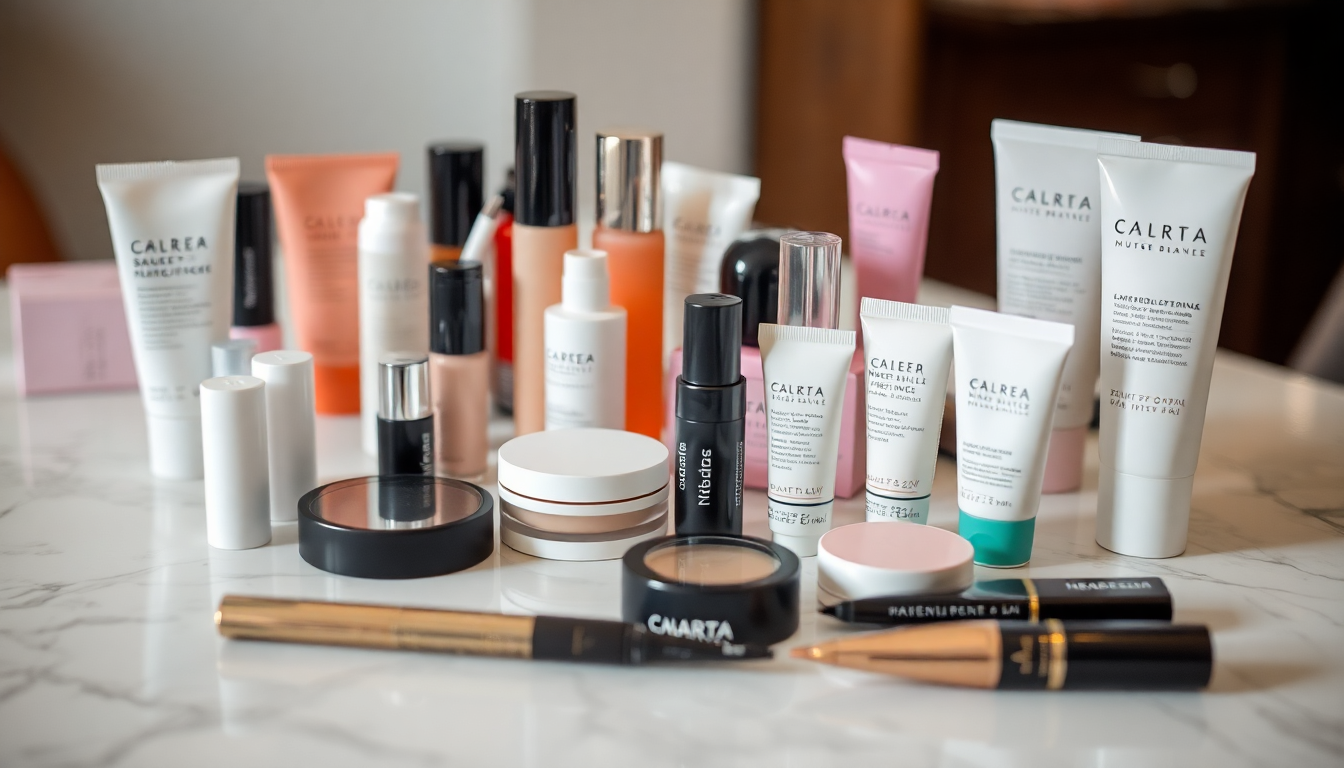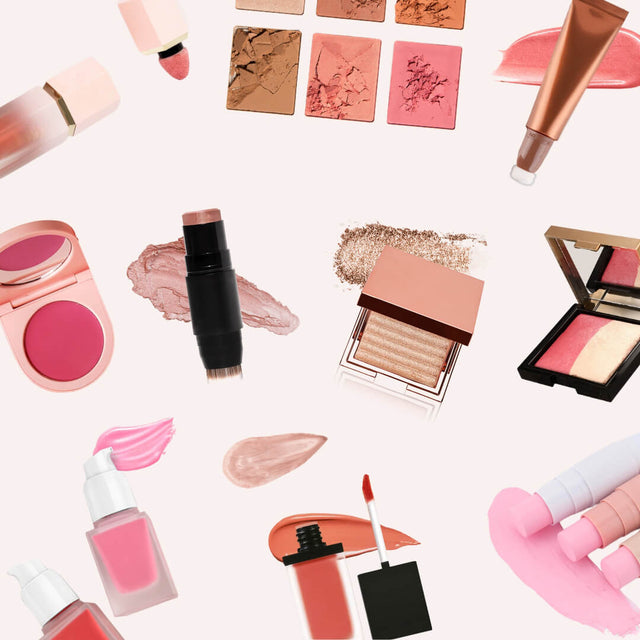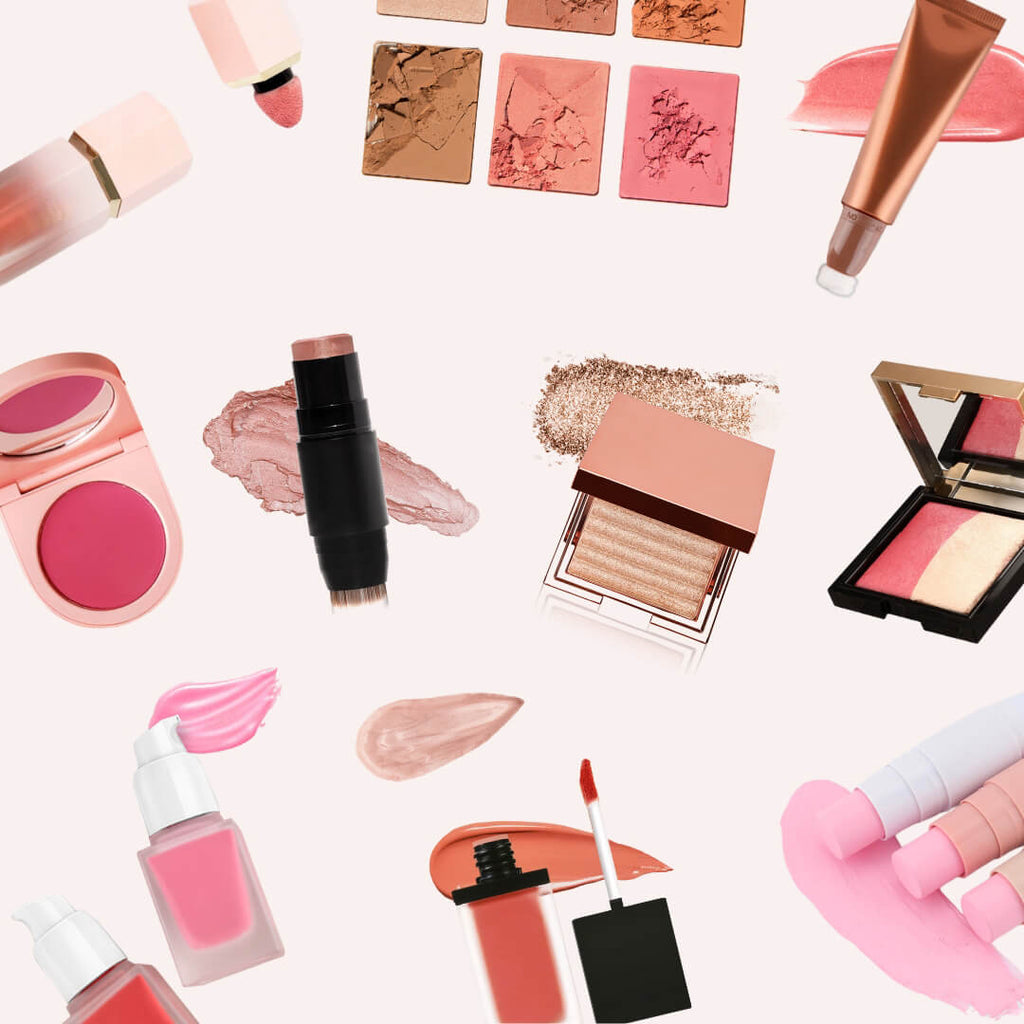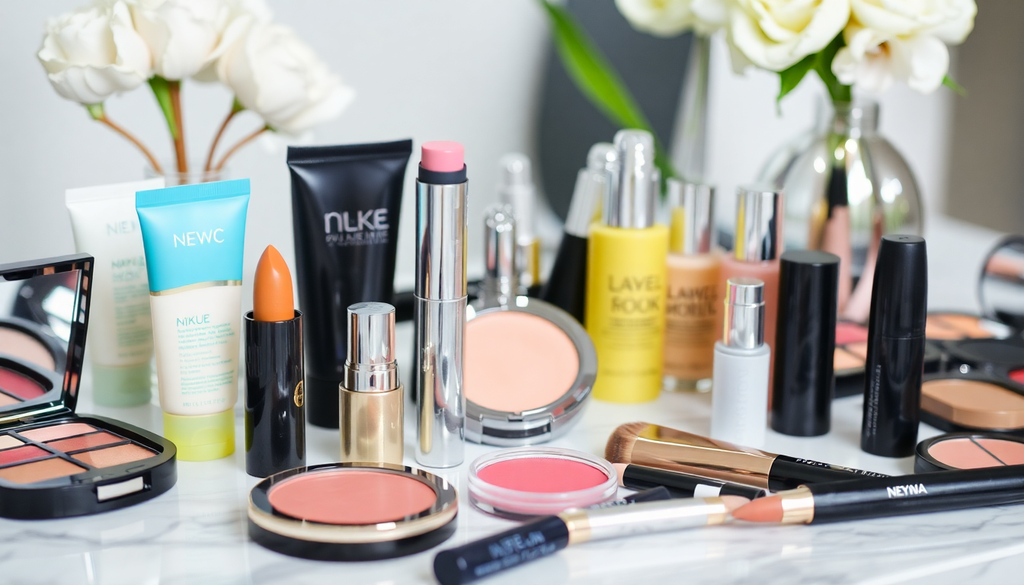
Navigating Global Makeup Regulations: Essential Insights for Launching Your Private Label Brand in Key Markets for 2025
Introduction
As the global beauty industry continues to evolve, launching a private label makeup brand in 2025 offers immense opportunities. However, navigating the various makeup regulations across key markets is crucial for success. This article provides essential insights into the requirements for launching your brand in several significant regions, including the EU, the USA, Australia, and Asia. By understanding these regulations, you can streamline your entry into the market and ensure compliance, ultimately leading to a successful launch.
1. Understanding Global Makeup Regulations
Before diving into specific markets, it's essential to grasp the overarching regulations affecting cosmetics worldwide. Key areas to focus on include:
- Ingredient Regulations: Ensure compliance with the ingredient lists approved by regulatory bodies. Each country has its own set of prohibited and restricted substances.
- Labeling Requirements: Labels must be clear, informative, and compliant with local laws. This includes ingredient lists, usage instructions, and product claims.
- Safety Assessments: Products must be safe for use, requiring thorough testing and documentation. Conducting a safety assessment is often mandatory depending on the market.
- Claims and Advertising: Be aware of the laws governing advertising and claims in each market. Misleading claims can lead to regulatory fines and damage your brand reputation.
2. European Union (EU)
The EU has stringent regulations regarding cosmetic products, primarily governed by the Cosmetics Regulation (EC) No 1223/2009. Here are the key aspects to consider:
- Product Safety: Conduct a safety assessment conducted by a qualified professional. This assessment must evaluate the safety of your ingredients, the formulation, and the final product.
- Product Information File (PIF): Maintain a PIF for each product, which includes safety assessments, ingredients, labeling, and evidence of claimed benefits.
- EU Cosmetic Claims: Ensure all marketing claims are substantiated and comply with EU regulations. For example, claims such as "hypoallergenic" must have scientific backing.
- Notification Requirement: You must notify the EU Cosmetic Product Notification Portal (CPNP) before placing products on the market.
- Animal Testing Ban: The EU has banned animal testing for cosmetics, so ensure that your products comply with this regulation.
3. United States (USA)
In the USA, the Food and Drug Administration (FDA) regulates cosmetics. Key points include:
- Ingredient Safety: While the FDA does not approve cosmetics before they go to market, you must use safe ingredients and adhere to labeling guidelines. Be aware of specific ingredients that are prohibited or restricted.
- Labeling: Follow FDA guidelines for ingredient listing, including common names and any allergens. All labels must be in English, and the net contents must be stated.
- Claims and Marketing: Be cautious with claims; misleading statements can lead to regulatory action. Claims such as “clinically tested” or “dermatologist approved” must be truthful and substantiated.
- Good Manufacturing Practices (GMP): While not mandatory, following GMP is highly recommended to ensure product safety and quality.
- State Regulations: Remember that individual states may have their own regulations, which you need to comply with in addition to federal laws.
4. Australia
Australia's regulations are governed by the Therapeutic Goods Administration (TGA) and the National Industrial Chemicals Notification and Assessment Scheme (NICNAS). Important considerations include:
- Registration: Certain products may need to be registered with the TGA, especially those making therapeutic claims.
- Ingredient Notifications: You must notify NICNAS about new chemicals, and ensure all ingredients are listed on the Australian Inventory of Chemical Substances (AICS).
- Labeling Standards: Labels must comply with Australia’s labeling laws, including ingredient disclosure, usage instructions, and any potential allergens.
- Child Safety Regulations: If your products are aimed at children, you must ensure compliance with specific safety standards regarding packaging and content.
5. Asia: Key Markets
Asia presents diverse opportunities but also complex regulations. Here’s a brief overview of significant markets:
- China: Requires animal testing for imported cosmetics, although this regulation is gradually changing. Ensure compliance with specific labeling requirements, including Chinese characters and safety data.
- Japan: Cosmetics must be registered, and compliance with the Pharmaceutical Affairs Law is necessary. You will also need to conduct rigorous safety assessments.
- South Korea: The Ministry of Food and Drug Safety (MFDS) oversees cosmetics, requiring safety assessments and ingredient compliance. The K-Beauty trend has made this market highly competitive and innovative.
- India: The Bureau of Indian Standards (BIS) regulates cosmetics, requiring registration and compliance with specific labeling standards. The Indian market is booming, particularly in the natural and organic segments.
6. Setting Up Your Online Store
Once you understand the regulations, setting up an online store is the next step. Here’s how to do it effectively:
- Choose the Right Platform: Select e-commerce platforms like Shopify, WooCommerce, or Magento that support cosmetic sales. Each platform has its pros and cons, so consider your specific needs.
- Design and User Experience: Ensure your website is visually appealing and offers a seamless user experience. Optimize for mobile devices, as many users shop on their phones.
- Payment Options: Offer multiple payment methods, including credit cards, PayPal, and local payment options, to cater to a broader audience.
- SEO Optimization: Optimize your website for search engines to increase visibility. Use relevant keywords, create high-quality content, and ensure fast loading times.
- Customer Support: Implement effective customer support channels, such as chatbots or live chat, to assist customers in real-time.
7. Marketing Your Makeup Brand
Effective marketing strategies are essential in a competitive landscape. Consider the following:
- Social Media Presence: Utilize platforms like Instagram and TikTok to showcase products and engage with users. Visual content is key in the makeup industry, so invest time in creating high-quality images and videos.
- Influencer Partnerships: Collaborate with beauty influencers to reach a wider audience and build credibility. Micro-influencers can often provide a more engaged audience and cost-effective partnerships.
- Content Marketing: Create informative content that resonates with your target audience, enhancing brand loyalty. Blog posts, tutorials, and makeup tips can position your brand as an authority in the industry.
- Email Marketing: Build an email list to share promotions, new launches, and exclusive content with your audience. Personalized emails can significantly increase engagement and sales.
- Community Building: Foster a community around your brand through social media groups or forums. Engaging with your audience creates brand loyalty and encourages word-of-mouth marketing.
8. Trends in the Makeup Industry for 2025
To stay competitive, it’s essential to be aware of the latest trends in the makeup industry. Here are some key trends to watch for in 2025:
- Sustainability: Consumers are increasingly looking for eco-friendly and sustainable products. This includes recyclable packaging, cruelty-free ingredients, and transparent sourcing.
- Personalization: Customized makeup products tailored to individual skin tones and preferences are gaining popularity. Consider offering personalized solutions to meet this demand.
- Technology Integration: Augmented reality (AR) tools that allow customers to virtually try on makeup are becoming more prevalent. Integrating this technology into your online store can enhance the shopping experience.
- Clean Beauty: The clean beauty movement continues to grow, with consumers seeking products free from harmful chemicals and toxins. Highlighting your commitment to clean ingredients can attract a dedicated customer base.
- Diversity and Inclusivity: Brands that embrace diversity in their product offerings and marketing campaigns are likely to resonate more with consumers. Expand your shade ranges and represent diverse models.
Conclusion
Launching a private label makeup brand in 2025 requires navigating complex global regulations and understanding market nuances. By adhering to the guidelines in key markets and employing innovative marketing strategies, you can set your brand up for success in the competitive beauty industry. Stay informed about trends and regulations, prioritize product safety, and engage with your audience to build a loyal customer base. The beauty industry is dynamic, and with the right approach, your brand can thrive in this ever-evolving landscape.




